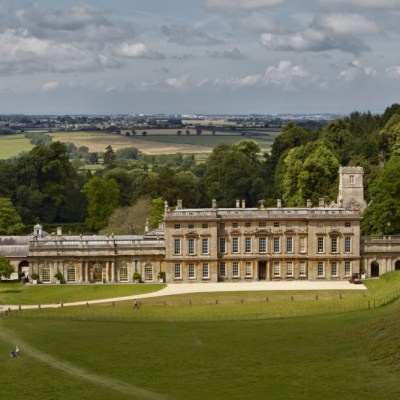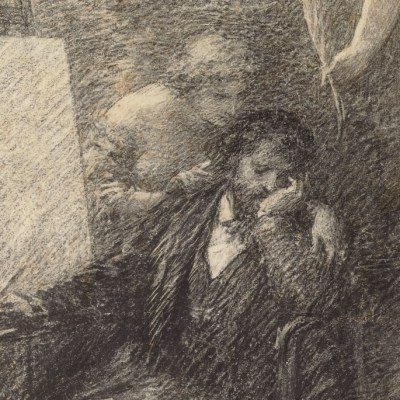Smaller museums and galleries often get overlooked in the national and international press. In a new series, Apollo asks museum directors what makes their small wonders so unique. Hilary Williams is the director of the Ditchling Museum of Art + Craft, which reopens to the public this weekend after a period of major refurbishment
Tell us a bit about the history of the museum…
The museum was founded in 1985 by two redoubtable sisters, Joanna and Hilary Bourne, aged 76 and 78. They sold their houses to save the village school site from being bought by developers and founded the museum. They themselves had an extraordinary link with the village, as they grew up in Ditchling and knew many of the artists who lived here – they were especially close to the calligrapher Edward Johnston. Joanna was a writer and Hilary was a weaver, whose commissions included Charlton Heston’s costume in Ben-Hur and fabric for the Royal Festival Hall.
What makes this museum unique?
We have really considered this as part of our redevelopment and have focused on the extraordinary history of the village, and of the craftspeople and artists who lived and worked here. The museum is unusual in exhibiting a collection of items made in the same geographical area.
How does it relate to the local area?
The building is designed so that visitors enjoy vistas of the village and the landscape that inspired the Ditchling artists. We have also tried to locate ‘Ditchling’ in our displays. There is a wonderful painting by David Jones – Madonna and Child in a Landscape (c.1920–1921) – that is set in the South Downs, and also a display about Frank Brangwyn that gives details of him using the villagers as models for his paintings, including the mural he painted for the Rockefeller Centre, New York.
How did you come to work here?
I started my career at the Design Museum; then went on to the Crafts Council’s exhibition department; then to High Cross House and the Dartington Hall Trust Collection (where I curated Edmund de Waal’s first solo show). This was followed by a period of freelance work with projects that included writing, exhibition organisation and artist mentoring for Arts Council North East. I came to work in Ditchling in 2004.
What are the greatest challenges of running a small museum?
Essentially a small museum needs to achieve the same as a large museum – good collections management, an inviting learning programme and an excellent visitor experience – except with a tiny team of staff! We are also an independent museum so need to generate income to pay for staff and the upkeep of the building, which is all very challenging in the current climate.
What’s your personal highlight from the collection?
Highlights for me change all the time – so it would be difficult to select any one item. I am drawn to Eric Gill’s pencil portraits, which I find very moving, notably the sketch of villager John Nye. Gill finished it after Nye’s death in the First World War, at the same time that he cut his headstone.
However, the Stanhope Press used by the letterpress printer Hilary Pepler is a really important object, as we are fortunate enough to own a copy of nearly everything printed on it. It was central to village life – from spreading the ideas of the artists based in Ditchling, to printing the beer bottle labels for the local pub!
How well you do you feel you know the collection? Does it continue to surprise you?
The closure period has allowed some time to get to know the collection even further, as I have been researching display ideas, and packing and unpacking! Like most directors I have limited ‘hands on’ time with the collection. I have spent the past six years working on the redevelopment project and been the lead contact for the architect, so have made decisions on everything from the new displays, to where all the plug sockets will be, and the number of toilets. If I could change one thing about the project it would be to have had more thinking time with the collection itself.
How has the museum developed during your tenure?
I started in 2004 when the museum was housed in an assortment of dilapidated buildings, and we are just about to reopen after a seven-year redevelopment costing £2.4 million – so quite a lot! As well as the physical changes to the building you also need to grow and change as an organisation. The museum will continue to do so in this era of its history.
And what does the future hold for the Ditchling Museum of Art + Craft?
After opening there will definitely be a period of evaluation for us all and we are looking forward to hearing feedback from visitors. The next few months will see the launch of a dynamic learning programme, new shop and café, displays and group booking options. I hope the future will see the collection develop, the learning programme go from strength to strength, and lots of happy visitors!
Hilary Williams is the director of the Ditchling Museum of Art + Craft in East Sussex.



